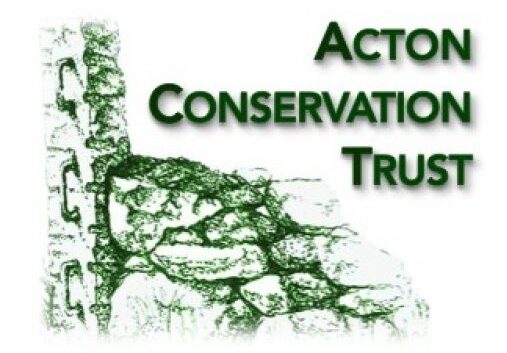How to save open space in your neighborhood
- Find a map of your neighborhood. (You can this from the Acton GIS Viewer at http://host.appgeo.com/ActonMA/, from the the Town Engineering Office, or by contacting ACT)
- Find your house lot and color it in.
- Look for nearby vacant parcels and oversized lots.
- Determine who owns these lots and what acreage they have. You may need to go to the Assessors Office at Town Hall for this information.
- Know your zoning district to see what could be built on the open land. (ACT can help you do this)
- Look for potential access to land- locked parcels. For example:
Frontage could be purchased from a neighbor
An abutting property could be purchased outright to gain frontage. - Invite your neighborhood over to look at maps and to discuss the local “build-out” potential.
- Talk to each other about people’s long range goals and objectives with respect to their property. For example, are they retiring soon and leaving the area? Do they want to stay at their home, but need tax relief? Have all their children graduated and are they planning to move on?
- Talk about options (You may want to invite an ACT Board member to help you.) These include:
Conservation Restrictions, which will reduce the owner’s taxes and keep the land open forever.
Joint purchase of the land by a group of neighbors and resale with restrictions.
Joint purchase and with a “bargain sale” to the Town or to ACT - If Neighborhood Land is Already Slated for Development:
Organize the neighborhood to attend all Planning Board meetings and Conservation Commission wetlands hearings. Citizen interest is very important to these boards. - Get the wetlands maps – know the setbacks, whether or not there are intermittent streams, etc. Talk with Conservation Commission.
A final note
Many a person has thought nearby land is “too wet”, “won’t perc” for a septic system, or “has too much ledge” only to find that as land becomes more valuable, such problems can often be overcome.
